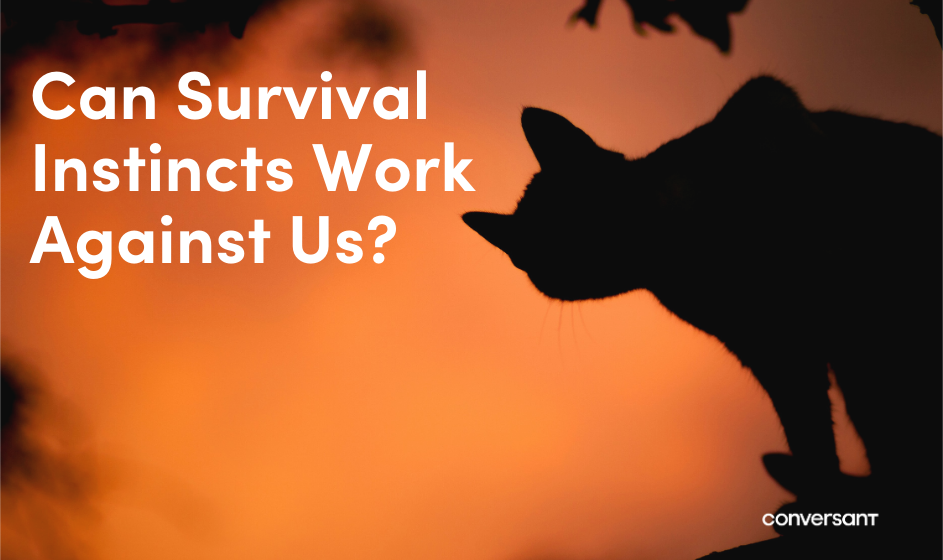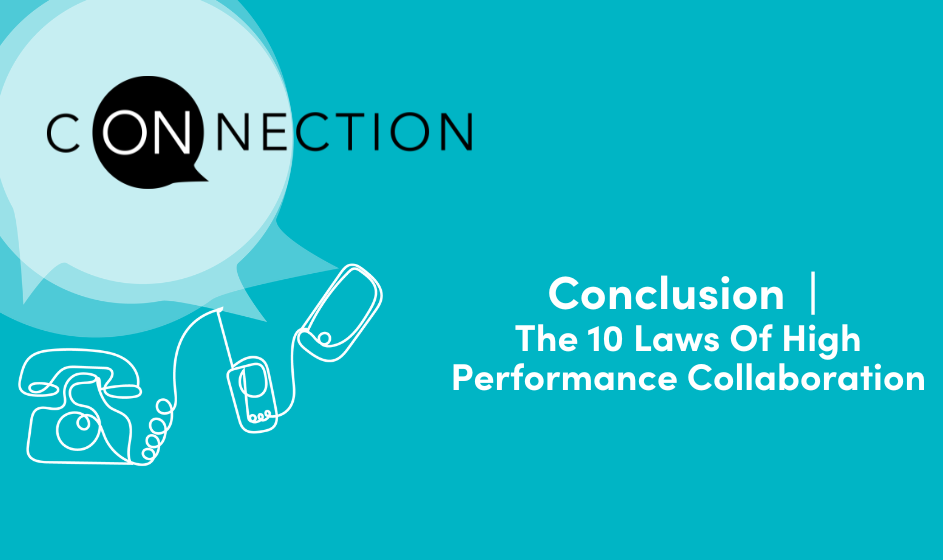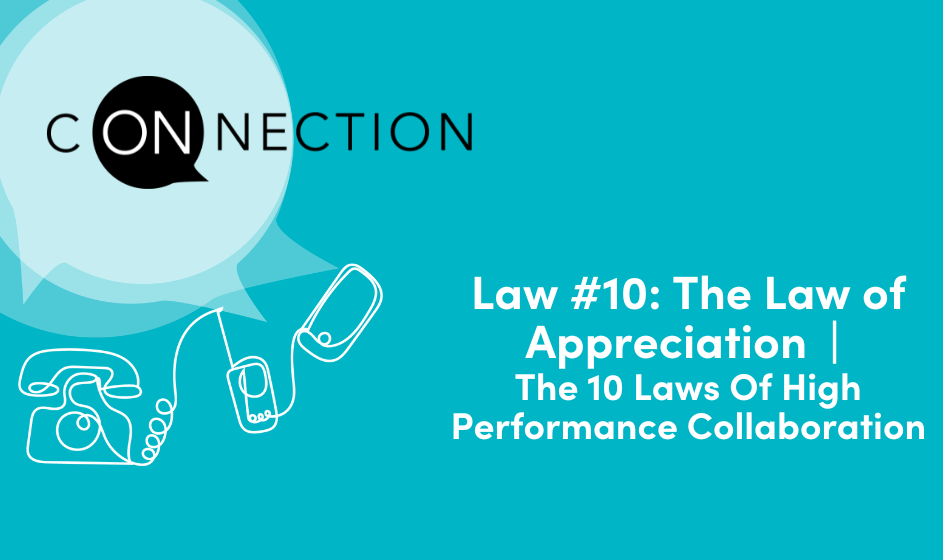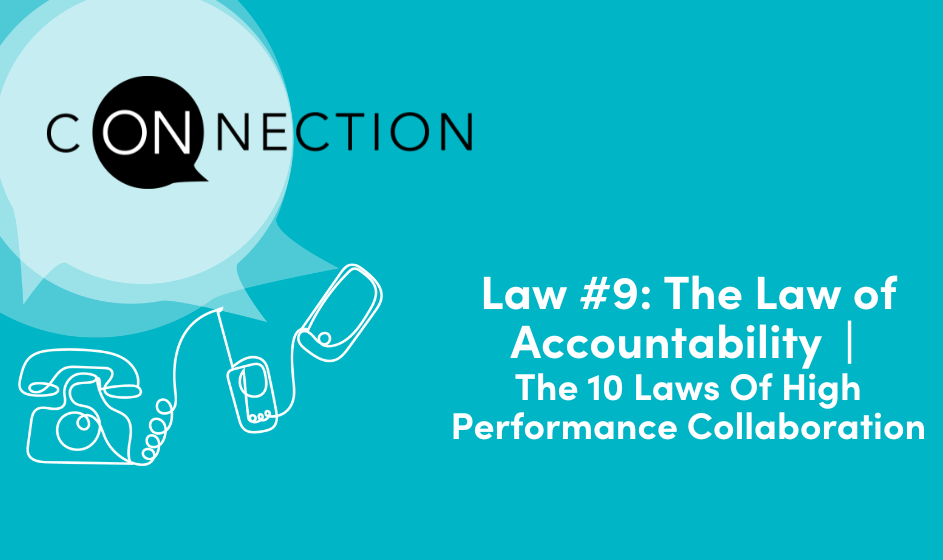As human beings, we have a mess of things that make being the best and most valuable version of ourselves a little complicated. We live in the same brain and body at work as we do everywhere else – at home, on vacation, at the gym, at the grocery store. That body and brain have ways of relating to the world that can either help or hurt our ability to be our “best self” in any given moment.
So much of how we operate happens without our conscious awareness. We breathe in and out without having to tell our bodies to do so. We perceive the world and make meaning out of those perceptions at lightning speed, and depending on what meaning we assign we may then react in automatic ways. One of the things our brains are great at is interpreting situations through the lens of our memories and past experiences. We call this fast-past matching. Our brains take in information and fill in the gaps of our understanding quickly so we can be ready to take the next action. This is incredibly valuable in the right context (in physically threatening situations, for example) and we want this system to work for us. However, it often works against us if we let it run the show all the time.
This is especially true in our interpersonal relationships. We have expectations of how people will behave and react that are rooted in what we’ve experienced before. For example, say you have a meeting coming up with your manager where you have to tell them that the project you’ve been working on with your team isn’t going as well as you’d planned. Given that managers you’ve had in the past were very unaccepting of failure and quick to criticize, you’re terrified of that conversation and have been avoiding it for as long as possible. While that may be how your old manager would have reacted, you have no idea how this new manager will handle it. The fear of history repeating itself, though, may just cost you and your team a valuable opportunity to course-correct and get support.
Because these narratives are deeply tied up in our emotions and instinctual responses to fear and uncertainty, we usually aren’t thinking very rationally. Think of the last time you were really emotionally wound up at work. Maybe a coworker behaved in a way that you found frustrating, or you got some difficult news or feedback. Maybe it was an email that got you fired up, and you were so distracted that all you could think about was drafting a snarky note back. If you think back to that moment, what would have happened if you took the action your emotions were telling you to?
In those moments, our emotions and narrative thoughts can be VERY convincing, and we get narrowly focused on self-preservation. Like looking through a very small lens, all we can see is the evidence that we’re right, they’re wrong, and our defensiveness is justified.
This spiral gets triggered by our interpretation of what’s happening – 1) Something happens (the activating event), 2) We interpret what’s happening (consciously and/or unconsciously), 3) We react based on our interpretation. So, how do we get better at interpreting these events as accurately as possible instead of jumping to conclusions that can have damaging consequences?
The first and most important step is getting curious about our personal patterns and tendencies when we’re in these emotionally activating situations. Most of us have a tendency to react to a perceived “threat” in one of the following ways: fight, flee, freeze, or appease. This varies from person to person and can depend on the context, but it’s helpful to start noticing what your most common defensive move is. When you feel threatened, do you tend to want to argue with that person and make them wrong? Do you try to get away from the situation as quickly as possible? Maybe your mind goes completely blank, and you don’t even know how to react, or you might tend to let the other person win just to keep the peace.
This reactive part of us doesn’t think about long-term consequences, and depending on your bioreactive style, it may get you into trouble by stirring up or perpetuating drama, damaging your relationships, or costing you opportunities. 

Another important part of improving our reactivity is getting familiar with the parts of our neurobiology that can help us interrupt that reactive cycle and consciously choose how we engage. If you think back to Psychology 101, the frontal lobe and prefrontal cortex are tied to reasoning, discernment, and executive function, among other things. In short, together they’re the “adult in the room”. They help us with impulse control, emotional regulation, decision making, goal setting, planning, prioritization, and thinking before we act.
Our job is to make sure we invite these guys to the party when we start noticing we’re getting emotionally activated. This is really hard to do!! Who wants to invite the rational, reasonable adult that’s going to hold us accountable to our values when what sounds really fun and righteous is doing exactly what our drama-loving emotional minions want us to do? To make that move a little easier, here are a few tried and true practices you can experiment with to move from bioreaction to conscious engagement:
Notice & Name
The key to getting better at catching ourselves in a bioreaction is increasing our self-awareness. It’s a game of noticing and switching into an observer mindset rather than getting caught up and driven by the bioreactive storm. You can practice noticing and naming in three domains:
- Physical: Notice tension or tightness in your body, constricted breathing, heat, or any other sensations. Notice and acknowledge it without judgement. As soon as you judge your experience, you’re already caught up in a narrative. You can take this a step further by then naming the sensations. This could be as simple as “tight” or “warm” or “tingly”. I love asking what color the sensation is – a question that requires a higher degree of presence and cognitive engagement.
- Emotional: Notice the emotion you’re feeling and acknowledge it as something you’re experiencing, not something you are. “I’m feeling anxious” vs. “I am anxious” allows a shift into that non-judgmental observer mode rather than identifying with the emotion. You can even use a tool called an Emotion Wheel, which can help with identifying more nuanced aspects of our emotions and deepening presence. There are many out there, you can do a simple search and find one that works for you!
From there, we can get curious – “huh, I’m feeling anxious, that’s interesting…” – and we not only step out of the emotional tornado, but we get to learn more about ourselves and our patterns. The more we’re able to observe our experience, the faster we’ll be able to catch it in the future.
- Mental: Notice the thoughts crossing your mind. Are they familiar? Are they telling a story about what’s happening, or are they factual? Again, it’s very important to do this without judgement. We are human beings that have reactions and emotions and minds that run wild! You can think of your thoughts like a river – you can get carried by the current, or you can step out of the stream and watch the thoughts flow by. Then you have the opportunity to choose what to do with them rather than letting them have power over you.
Breathe!
If we’re stuck in a bioreactive fit, we usually aren’t aware of our breathing at all. As soon as you’re able to notice your experience in any of the domains above, taking a deep, full breath can get us reconnected with our bodies and help settle our nervous system. There are many breathing techniques you can try out, but the easiest is just consciously inhaling and exhaling, noticing how it feels to breathe.
One simple trick I learned from Andrew Huberman is called the “Physiological Sigh”: A double inhale followed by an extended exhale. This has shown to bring stress levels down rapidly and is an easy and quick tool to have in your toolbox.
Ask questions the reactive part of your brain can’t answer
There are questions we can ask ourselves that require discernment and reflection, which engage the frontal lobe and prefrontal cortex. Here are a few examples:
- “What happened that got me so worked up?” For this reflection, try to separate facts (things that accurately happened and others would agree to be true) from explanations (our stories or narratives about what happened). Once again (say it with me!), do this WITHOUT JUDGMENT. Noticing your explanations doesn’t mean they’re not valid, it just means you’re acknowledging that it may not be the whole truth.
Going back to fast-past matching, our stories are very powerful and inform how we interpret the events of our lives. Pausing and reflecting on these questions also helps us notice what stories from the past are shaping what we’re thinking/feeling/doing now, and whether they’re helping or hurting our relationships and our goals. It may be time to amend that story, or add a new chapter that leads us to different conclusions and more valuable reactions.
- “For me, what’s important about this?” When we get emotionally activated, it’s a signal that something important to us is at risk. If we can consciously get connected to what that is, we can let that important purpose guide our reactions and behavior rather than the things we’re afraid of and against.
- “For them, what’s important about this?” The same principles apply to other people! There’s something they care about in this situation – can you get curious about what that is? Even if you can’t care about it the same way they do, respecting what they care about is key to moving forward in a valuable way, and they’ll be much more likely to work with you in making that happen.
When we practice these ways of engaging with our experience, we create enough space between the event and our reaction that we can get in the driver’s seat and choose how we react. The hardest part is catching ourselves in the middle of a bioreactive experience. As said before, our emotions and thoughts can be very convincing and seductive when we’re on defense! This is a normal part of human life. It isn’t something to make ourselves wrong about, but it is a design we can learn to work with in order to generate better, more valuable outcomes when these challenges inevitably come up. It takes a commitment to self-awareness, compassion for yourself and others, and practice, practice, practice. If you can make that commitment, you’re well on your way to being an emotional agility ninja.




